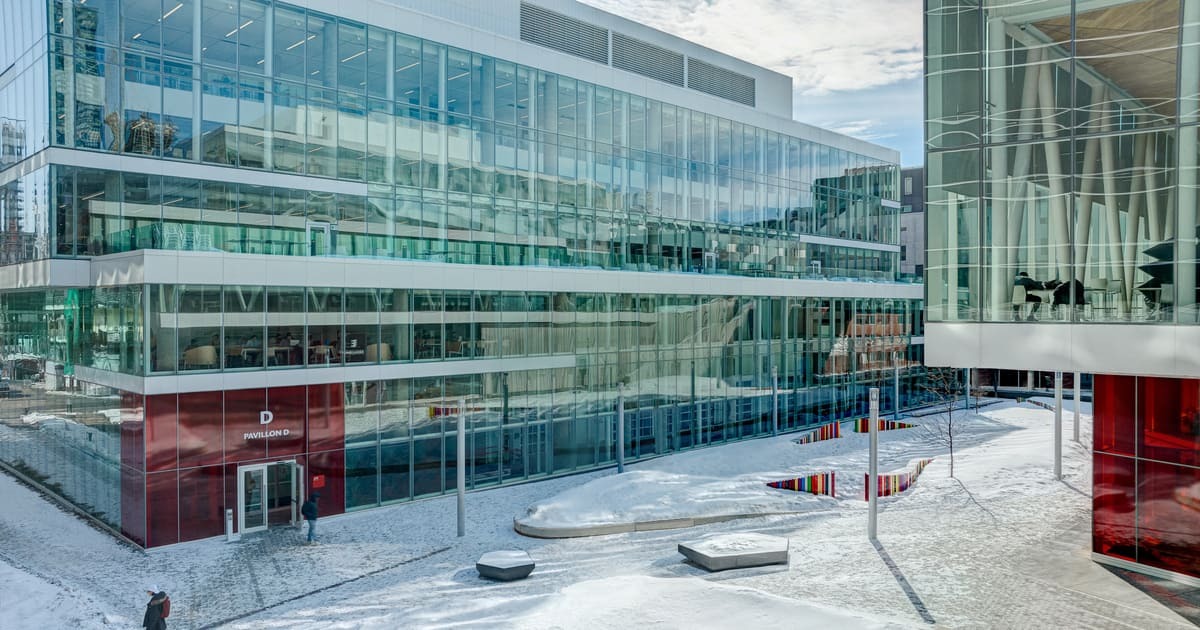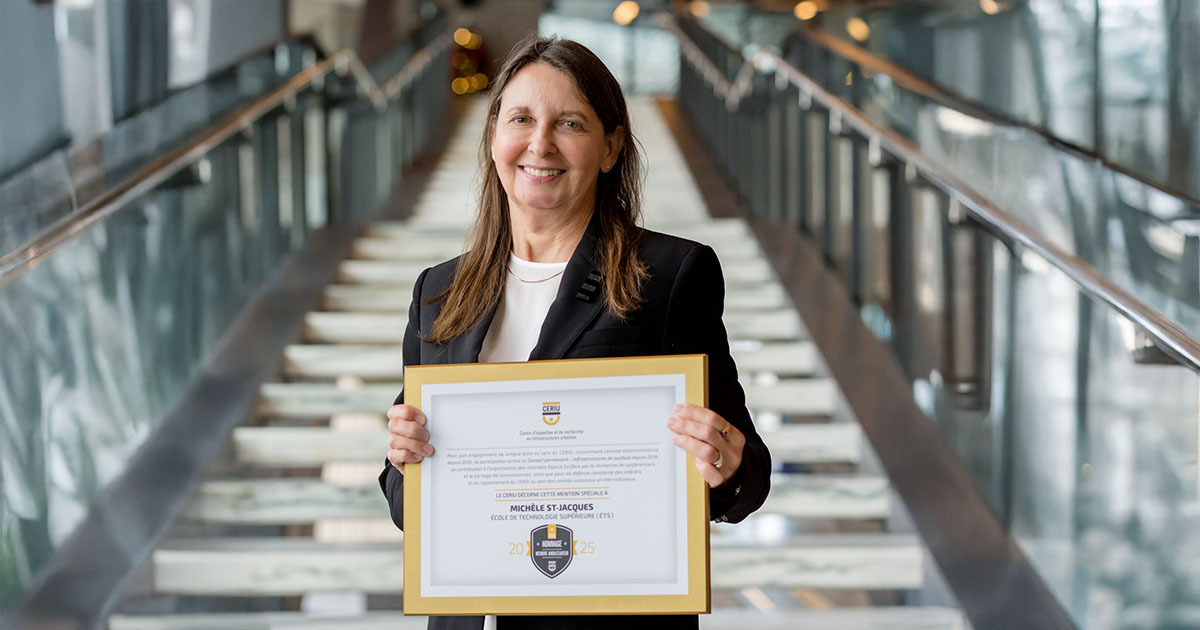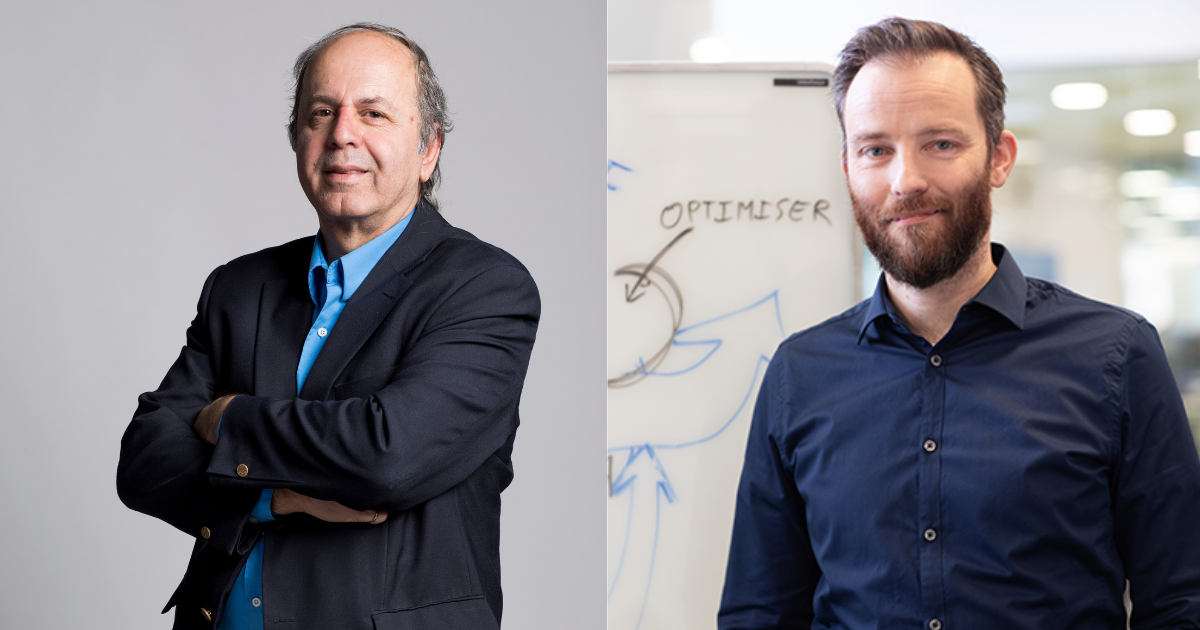
Nonlinear damping is central to research on vibration energy dissipation in mechanical structures subjected to intense loads. In engineering, vibrations are often perceived as undesirable. It is generally assumed that they are weak, but in reality, they can reach significant amplitudes, especially for thin structures such as aircraft fuselages or wings. These vibrations cause changes in mechanical properties, particularly stiffness, producing unexpected nonlinear behaviours in the system. Surprisingly, some structures start to vibrate much less than expected, revealing a form of energy dissipation that is still poorly understood. The question is: where does this energy go? The study of nonlinear damping attempts to explain this unexpected dissipation. Compared to the linear damping model, which increases proportionally with vibration amplitude and frequency, nonlinear damping increases much faster.
Understanding Vibration Dissipation
ÉTS Professor Giovanni Ferrari is focusing precisely on this issue. He is seeking to clarify the mechanisms that allow vibratory energy to dissipate naturally in structures. A better understanding of these phenomena could lead to the design of materials or systems with high damping power, transforming nonlinear damping as a driver for innovation. In addition, natural structures such as human arteries or trees, which exhibit nonlinear damping and variable stiffness, are inspiring new biomimetic approaches to materials design. For example, the human aorta possesses anisotropic properties that enable it to absorb vibrations efficiently and to dampen heartbeats. This phenomenon could open up new avenues for the development of materials better adapted to dynamic environments.
Medical Applications and Grafts
This research is especially relevant in the medical field, namely for aorta surgery in aneurysms or ruptures. The grafts used are stiffer and less damped than the natural aorta, thus they do not fulfill their role properly, disrupting heartbeat dynamics. Giovanni Ferrari conducted experimental and numerical studies on aortas and graft samples in circulatory loops reproducing cardiac pressure. This research also highlighted the challenges associated with the junction between grafts and aorta, underlining the importance of better understanding the behaviour of these tissues to improve proposed solutions.
Nonlinear Vibration in Nuclear Reactors
In the field of nuclear energy, pressurized water reactors face a similar problem. The long, thin fuel rods are subject to significant nonlinear vibrations due to the fast flow of coolant surrounding them. These vibrations generate intense friction at the constraints, which can cause wear and perforation of the rods, allowing the coolant to reach the nuclear material and resulting in reactor shutdown. Giovanni Ferrari is conducting experiments on shorter rods to better understand these effects and establish design guidelines to enhance primary circuit safety.
Vibration Reduction in Metal and Composite Structures
Finally, in the aeronautics sector, certain metal or composite structures, such as aircraft wings or engine blades, can vibrate markedly under the effect of wind. These vibrations, which are often intense, are difficult to control due to the low natural damping. To address this, Giovanni Ferrari is exploring the use of piezoelectric components integrated into the structure, capable of measuring vibrations or generating opposing vibrations to cancel them out by interference. This active control effectively reduces nonlinear vibrations, a goal that passive or linear methods are unable to achieve.
Innovative Solutions for Nonlinear Vibration Control
In conclusion, Giovanni Ferrari’s research opens up new pathways for nonlinear vibration control, offering innovative solutions in fields as varied as aerospace, medicine and energy. This work could not only improve material design, but also make structures safer and more efficient in dealing with dynamic stresses.



